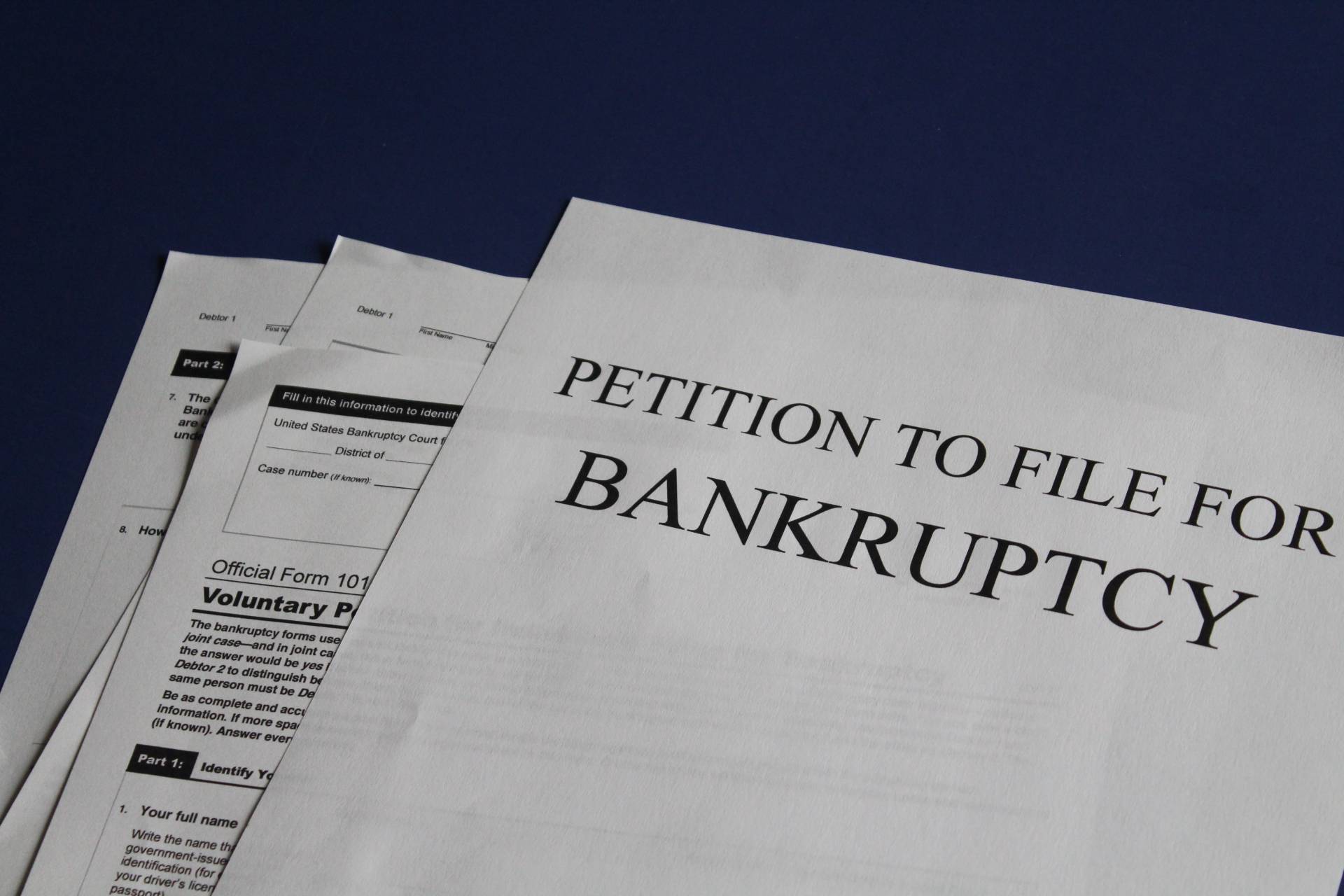In recent years, WeWork, the once-prominent office-sharing company, has experienced a stunning downfall, culminating in its filing for Chapter 11 bankruptcy protection. This article delves into the events leading up to WeWork’s bankruptcy, exploring its valuation, failed attempts at going public, and the impact of the COVID-19 pandemic on its operations. We will also examine the implications of this corporate collapse and the future prospects for WeWork.
The Rise and Fall of WeWork
WeWork emerged as a major player in the office-sharing industry, captivating investors and reaching a valuation of $47 billion in 2019. However, its journey towards bankruptcy can be traced back to its failed attempt to go public five years ago. Despite its initial success, the company faced numerous challenges, including the sudden termination of leases by clients and the economic slump triggered by the COVID-19 pandemic.
WeWork’s Valuation and Failed IPO
WeWork’s staggering valuation of $47 billion in 2019 made headlines and attracted attention from industry experts and investors alike. Led by Masayoshi Son’s SoftBank, the company seemed destined for success. However, its ambitions to go public were thwarted, causing significant setbacks.
The COVID-19 Pandemic’s Impact
The onset of the COVID-19 pandemic proved to be a turning point for WeWork. As companies faced economic uncertainties, many opted to terminate their leases, dealing a severe blow to WeWork’s revenue streams. This mass exodus of clients further exacerbated the company’s financial troubles.
WeWork’s Debt and Restructuring Efforts
WeWork’s financial struggles became apparent when it disclosed its total debts of $18.65 billion against total assets of $15.06 billion. To address its financial woes, WeWork entered into agreements with the majority of its secured note holders and filed for Chapter 11 bankruptcy protection. This filing is limited to WeWork’s locations in the U.S. and Canada, as specified in their press release.
The Road to Recovery
WeWork’s CEO, David Tolley, expressed gratitude for the support of the company’s financial stakeholders as they work towards strengthening its capital structure. Tolley emphasized WeWork’s commitment to investing in its products, services, and employees to support its community. Despite the challenges, WeWork aims to rebuild and regain its position in the office-sharing market.
Implications of WeWork’s Bankruptcy
WeWork’s bankruptcy filing has significant implications for its stakeholders, employees, and the office-sharing industry as a whole. Creditors will play a crucial role in determining the company’s future, while employees may face uncertainties regarding their jobs and financial stability. Additionally, the bankruptcy of such a prominent player in the industry sends shockwaves throughout the office-sharing market, raising questions about its long-term viability.
Lessons Learned and Future Prospects
WeWork’s downfall offers important lessons for both entrepreneurs and investors. The company’s rapid rise and subsequent collapse serve as a cautionary tale about the dangers of overvaluation and the importance of sustainable business models. Moving forward, the office-sharing industry may undergo significant transformations, with a greater focus on adaptability and resilience.
See first source: CNBC
FAQ
Q1: What led to WeWork’s bankruptcy filing?
- WeWork’s bankruptcy filing can be attributed to a combination of factors, including its failed attempt to go public, the termination of leases by clients, and the impact of the COVID-19 pandemic on its revenue streams.
Q2: What was WeWork’s valuation at its peak, and what contributed to its initial success?
- At its peak in 2019, WeWork was valued at $47 billion. Its initial success was driven by significant investments, with SoftBank being a major investor. The company’s flexible office space model also attracted clients looking for shared workspace solutions.
Q3: How did the COVID-19 pandemic impact WeWork’s operations?
- The pandemic led to economic uncertainties, causing many companies to terminate their leases with WeWork. This mass exodus of clients significantly affected WeWork’s revenue and financial stability.
Q4: What were WeWork’s total debts and assets at the time of its bankruptcy filing?
- WeWork disclosed total debts of $18.65 billion against total assets of $15.06 billion at the time of its bankruptcy filing.
Q5: What are the implications of WeWork’s bankruptcy for its stakeholders and the office-sharing industry?
- WeWork’s bankruptcy has significant implications for creditors, employees, and the office-sharing industry. Creditors will play a crucial role in determining the company’s future, while employees may face uncertainties about their jobs and financial stability. The bankruptcy also raises questions about the long-term viability of the office-sharing industry.
Q6: What lessons can be learned from WeWork’s rise and fall?
- WeWork’s rapid rise and subsequent collapse serve as a cautionary tale about the dangers of overvaluation and the importance of sustainable business models. The experience highlights the need for adaptability and resilience in the business world.
Featured Image Credit: Photo by Melinda Gimpel; Unsplash – Thank you!

